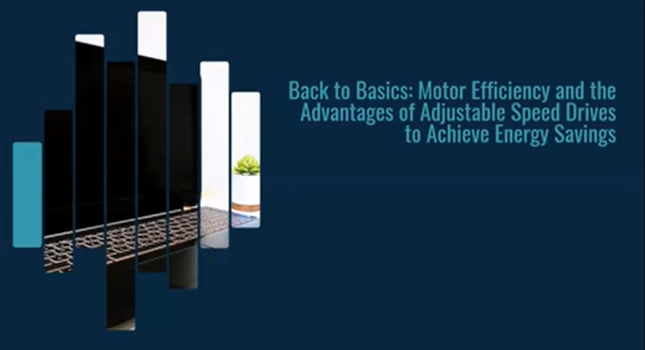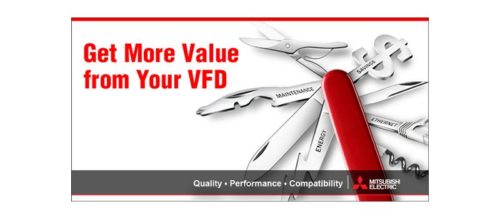Back to basics: Motor efficiency & the advantages of adjustable speed drives to achieve energy savings
Motors and drives can produce energy savings through motor efficiencies, drive attributes including programming and by understanding laws, standards and designs of motor-drive systems.
Courtesy: CFE Media and Technology
Learning objectives
- Review North America’s energy legislation for induction motors and how it has changed over the years, including the most recent changes.
- Understand future energy legislation driven by IEC international laws including IE4, IE5 and IE6, and the technologies emerging to support these requirements.
- Consider the importance of properly sizing motors and drives for your application.
- Understand the difference between constant and variable torque loads when using a drive.
- Provide an overview of the affinity laws on variable torque loads and the relationship between speed and power to achieve energy savings, looking at centrifugal pump and fan application examples.
- Discover how to properly program a drive’s volts per hertz pattern to maximize energy savings.
- Learn the features and benefits of Energy Savings Estimator software to evaluate your return on investment with metrics such as pay-back period and kilowatt hours saved.
Motors and drives can produce energy savings through motor efficiencies, drive attributes including programming and by understanding laws, standards and designs of motor-drive systems. Expert presenters look at standards, technologies, motor and drive sizing, load laws and definitions with examples. Software can help estimate motor-drive energy savings with metrics that matter for specifying motors and drives.
Presenters:
- Glenn Cline, Senior Technical Specialist, Low Voltage Motors, Motors & Drives Division, Toshiba International Corp.
- Joshua Jagnanan, Senior Application Engineer, Low Voltage Adjustable Speed Drives, Motors & Drives Division, Toshiba International Corp.
你有经验和专业知识的遮阳帽吗cs mentioned in this content? You should consider contributing to our CFE Media editorial team and getting the recognition you and your company deserve. Clickhereto start this process.







